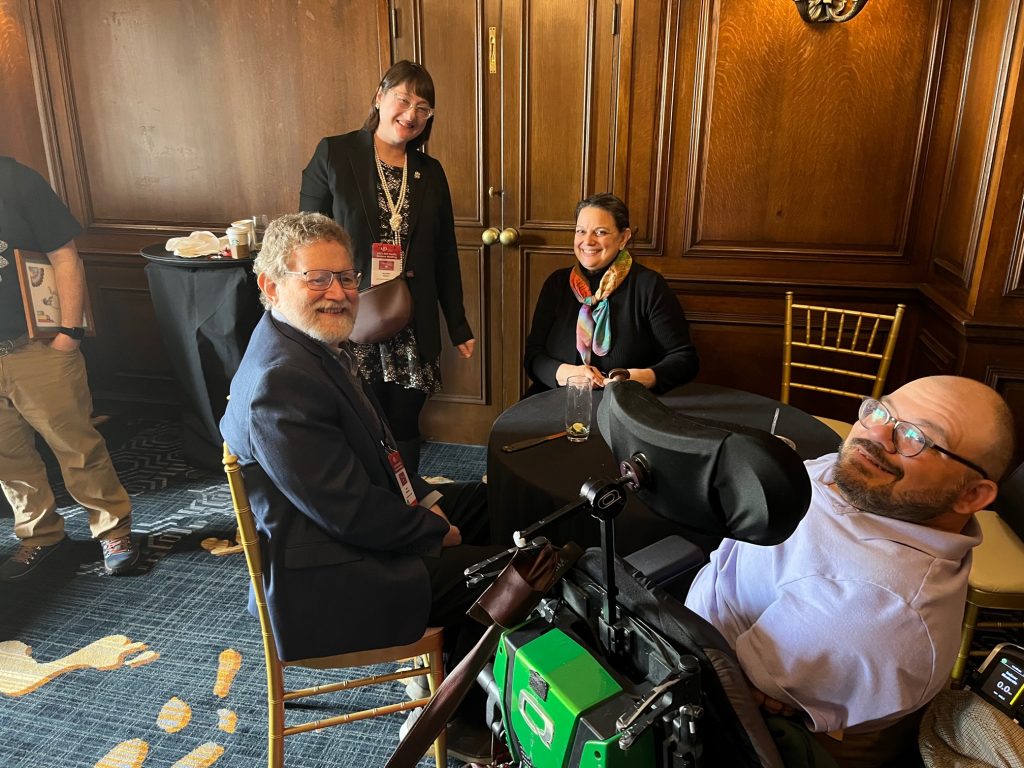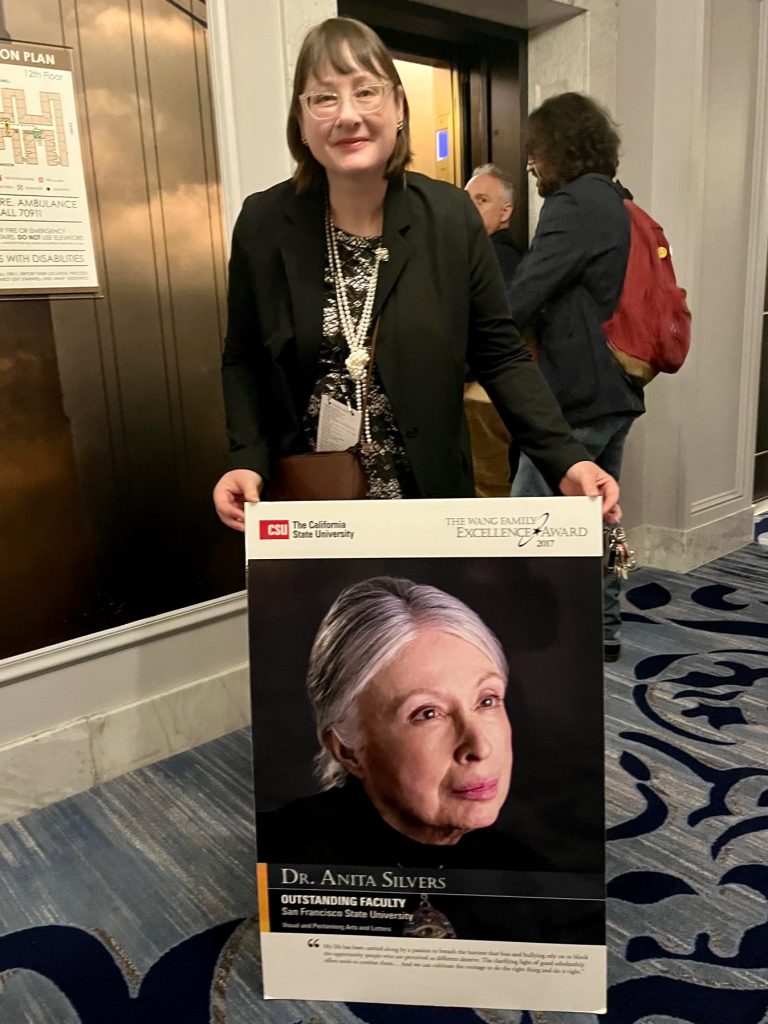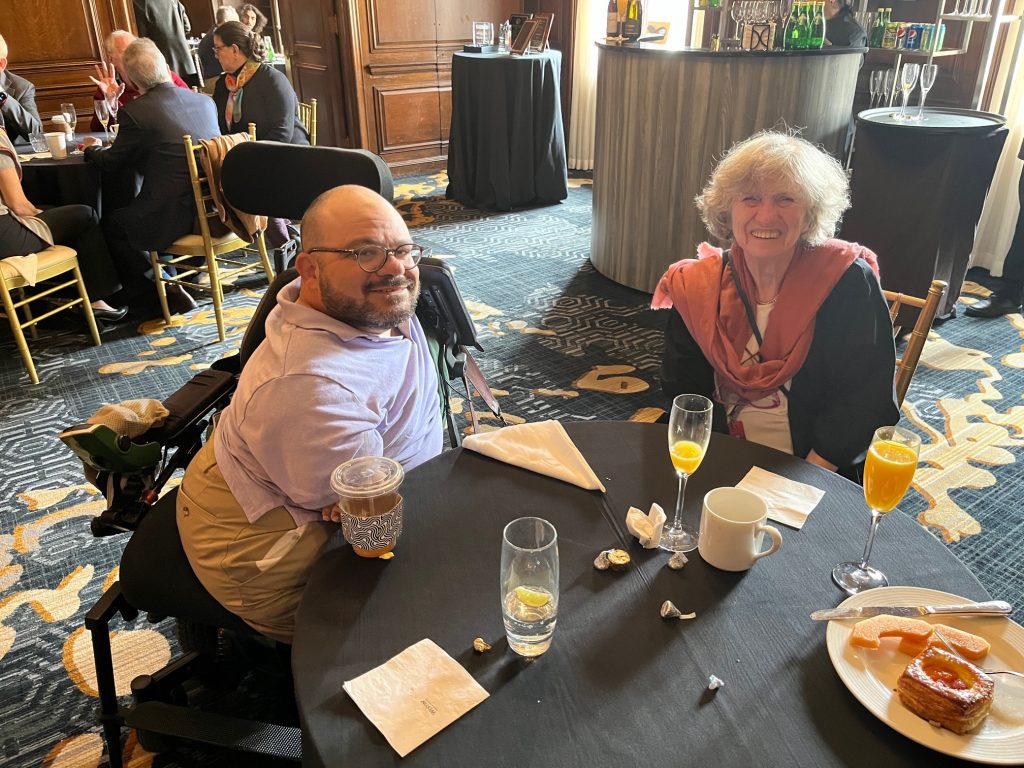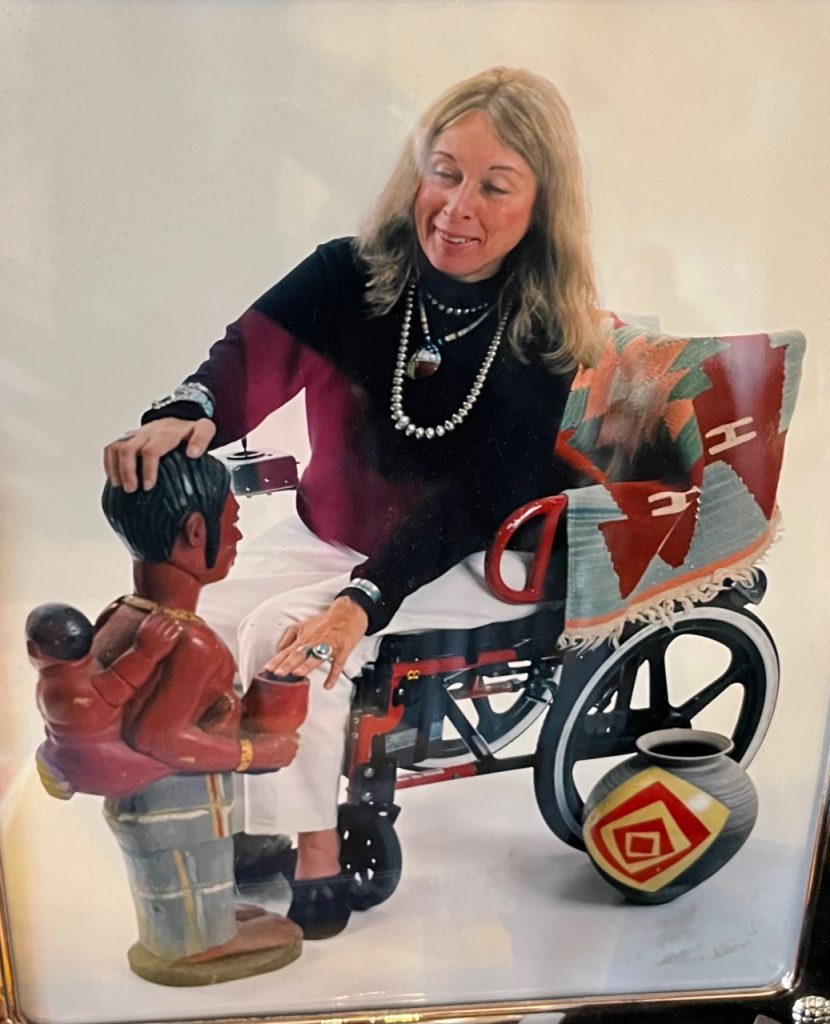
A couple weeks ago was my first American Philosophical Association (APA) Pacific Division meeting where I didn’t get to see my dear mentor and friend, Dr. Anita Silvers (1940-2019), the fearless Secretary-Treasurer for the APA for 26 years. Anita was a philosophy professor at San Francisco State University for over 50 years and department chair for 15 of those years. A “towering figure” in feminist and disability bioethics, to use Dr. Adam Cureton’s fitting description, Anita served on the IJFAB Advisory Board, and long argued for a feminist ethics that bases morality on dependency or vulnerability to challenge the moral priority of uniform over disparate treatment. I first met this revered “authority on disability rights” in 2002 at an APA meeting, where I sought Anita’s advice on my growing research interest in disability bioethics. Anita’s mentor instinct immediately kicked in – she encouraged me to participate in the upcoming NEH seminar, “Justice, Equality, and the Challenge of Disability,” which was to be co-directed by Anita and Dr. Eva Kittay. I am forever grateful for the rich summer seminar and Anita’s subsequent mentoring that sowed the seeds for much of my work in disability bioethics and feminist bioethics. Some of my collaborative (or more like mentored) work with Anita also enriched my thinking on the use of remote AI health monitoring for older adults and people with disabilities.
While I miss Anita and our conversations deeply, and was always impressed with her ability to choose the best restaurants in whatever cities we found ourselves, her legacy was on full display at the APA Special Memorial Session and Reception organized by Anita’s long-time collaborator and dear friend, Dr. Leslie Pickering Francis, completed with chocolates sprinkled across the St. Francis Room and champagne brunch in Anita’s honor. (I have fond memories of helping Anita hide Easter eggs for the Sunday brunch at that same venue, where children of APA attendees would excitedly search for the special treats.)
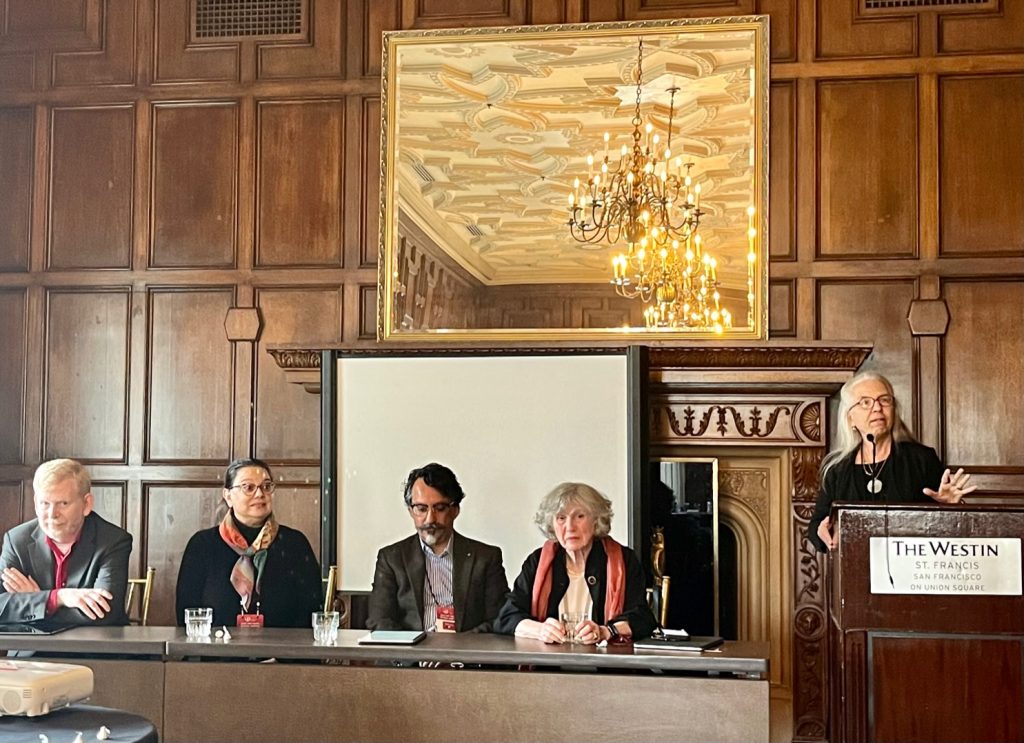
A distinguished panel spoke to not only Anita’s impact on disability and feminist bioethics, but also on aesthetics, the status of unrepresented groups in philosophy, and the practice of philosophy. Dr. Dominic McIver Lopes, who succeeded Anita as the secretary-treasurer of the Pacific Division in 2008 and became the APA Board Chair in 2019, started off the panel by discussing the impact of Anita’s seminal works in aesthetics on his own work on aesthetic agency and how correction of aesthetic injustice – whereby large scale social arrangement harms people in their capacity as aesthetic agents – can not only serve the interest of diversity and group autonomy in aesthetic cultures, but also help us appreciate other forms of diversity in our social world.
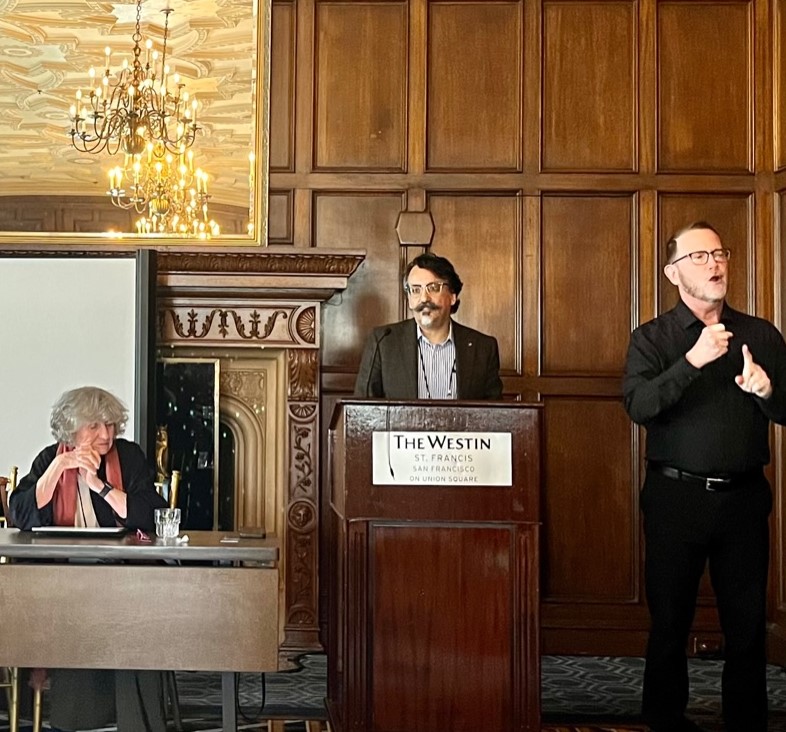
Dom described Anita as a “talent scout,” which could not have been more appropriate for Dr. Teresa Blankmeyer-Burke, a prominent feminist disability philosopher and the Director of the School of Arts and Humanities at Gallaudet University. Anita first reached out to Teresa – then a graduate student in New Mexico – to explore how the APA could support the needs of deaf philosophers. Their connections resulted in systems accommodation and disability strategy advocacy that continue to help dismantle ableist social and structural practices. In particular, Teresa has developed a lexicon for philosophy in the sign language (ASL CORE Philosophy) that includes the aesthetic features of the language and also inputs feminist value into how to sign and hand shape.
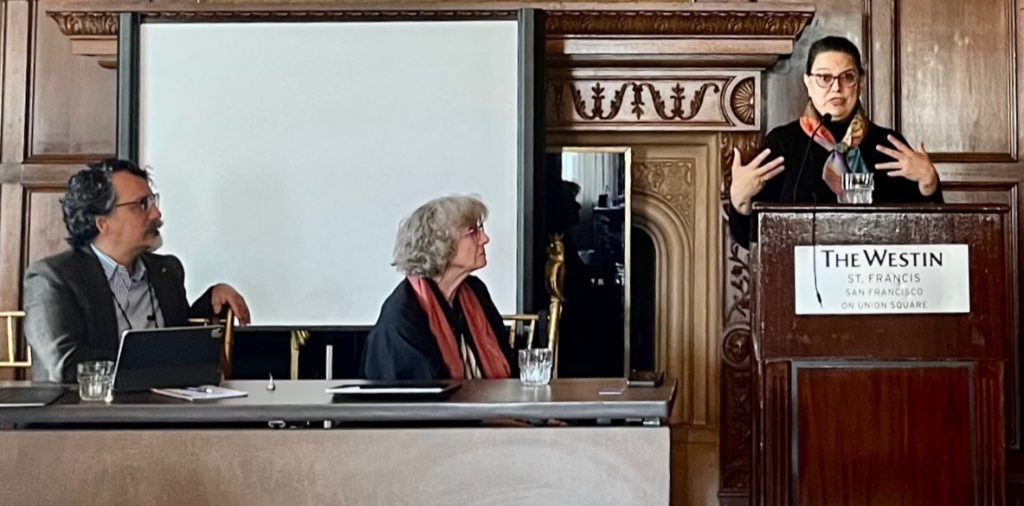
Indeed, disability strategy advocacy was a thread through all the panel presentations. But as Dr. Adam Cureton (chair of the APA’s Committee on the Status of Disabled People in the Profession) reminded us, Anita firmly believed that upholding the rights of people with disabilities requires more than informal advocacy – it must be enshrined in laws and institutional practices. Just look at numerous news stories about natural disasters and other emergencies, Anita would tell Adam. The welfare of people with disabilities was often cast aside when deemed inconvenient or costly to protect by non-disabled decision makers. Despite the increasing acceptance of the social model of disability, which recognizes that people with impairments are disabled by the social structures, in challenging situations, the unmet needs of people with disabilities are seen through the medical model of disability that casts these needs as results of personal defects rather than societal inadequacies.
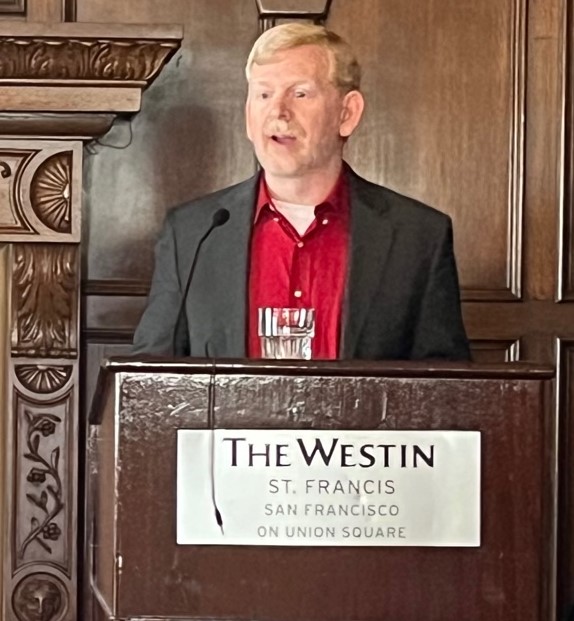
Correction of structural barriers to ensure full rights for people with disabilities and their caregivers was further explained by Dr. Eva Kittay, who co-directed the aforementioned NEH seminar with Anita, and co-edited two volumes on feminism and disability for Hypatia with Anita alongside Dr. Alexa Schriempf and Dr. Susan Wendell. The long-time collaborator also co-founded with Anita (and others) the Philosophy in an Inclusive Key Summer Institutes (PIKSI) to encourage students from under-represented groups to consider future study in philosophy. As a prominent feminist philosopher and mother of Sesha, who has severe cognitive disability, Eva has long centered care and dependency needs in her philosophical work. As she recalled how discussions with Anita sharpened her thinking and enumerated Anita’s countless achievements at this memorial session, held during Passover, Eva borrowed the Jewish term “dayenu” in thanking Anita for all her contributions and gifts to us: any one of those would have been enough for a life well lived.
As Eva pointed out, Anita left an immense legacy – not a single young scholar who works in disability area hasn’t been affected by her work or mentorship. I am privileged to have learned from and mentored by Anita – may we all carry her work forward in continuing to solidify agential justice for all.

